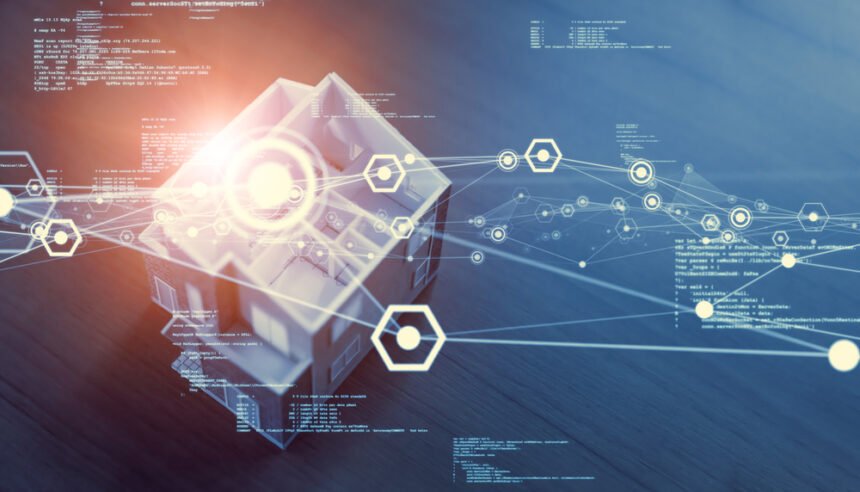Mother Nature has been busier than ever this year, with natural disasters adding to the stress of the COVID-19 pandemic. A number of hurricanes have wreaked havoc on the Gulf Coast, and wildfires recently devastated the West Coast. Unfortunately, these severe weather events now occur more frequently. In seven of the last 10 years, there have been 10 or more weather-related disasters with costs exceeding $1 billion each. Among the 115 costly catastrophes since 2010 were so-called “1,000-year floods,” Category 5 hurricanes, and the most massive wildfires in history.
These problems put the importance of big data and AI to the test, as we strive to fight the problems they cause.
Worsening Disasters Highlight the Need for New Assistive AI Solutions
The problem is that, despite their calamitous effects, many natural disasters can be surprisingly difficult to spot in their beginning stages. For example, the 2018 Camp Fire in California that tore through large portions of the state, eventually burning over 150,000 acres and destroying more than 18,000 structures, began in the blink of an eye; it spread over the first seven miles in less than 90 minutes.
But public safety departments that leverage new technologies can drastically improve their mitigation of these adverse events. Artificial intelligence (AI) is an incredibly useful tool that can help first responders determine when and where disasters are developing, which areas will be hit hardest, and what actions are necessary to reduce casualties and damage.
According to IDC, AI will be one of the most essential tools for public safety agencies in the coming years. State and local governments are beginning to leverage AI to predict disasters more effectively and mobilize more efficiently when they start. On the predictive front, first responders can avoid repeating mistakes by applying AI to past data and developing detailed analysis to help public safety personnel prepare for what is next.
Benefits of Assistive AI in Fighting Natural Disaster Damage
For example, a recent study by the Partnership for Public Service found that AI and analytics can help pinpoint the dry places most at risk during wildfires. By locating areas where blazes often burn out of control, first responders with advanced data on weather patterns will be able to intervene earlier and save lives. They can also help hospital staff decide how many beds to prepare after obtaining information from first responders.
Overseas, flooding in India causes economic losses of almost $7.4 billion a year. After especially severe flooding in 2018 left more than 1,400 dead, the country’s Central Water Commission created a warning system that uses predictive AI analysis of water data to warn when a flood is coming so that agencies and the public can prepare.
When a major natural disaster begins to develop, first responders can also utilize assistive AI to understand current events and make needed adjustments quickly. Because they have limited ability to spot complex connections across live and historic events, public safety agencies sometimes miss opportunities to reduce the impact of multifaceted, rapidly emerging situations. Assistive AI fills blind spots for public safety personnel, giving them live analytical insights into complex, unfolding situations.
The technology also complements human expertise by finding meaningful connections between incidents, such as whether power outages in different parts of a city’s grid are related. The patterns assistive AI identifies are crucial for many different types of public safety agencies. 9-1-1 dispatchers need as many details as possible to direct emergency responders; public works and utility workers need real-time updates that allow them to buttress infrastructure quickly, and city officials can track situations more comprehensively.
By augmenting human decision-making, assistive AI reduces workloads and stress for 9-1-1 professionals, and by extension, lowers the risk of error. Since this technology can process more information than the human brain, call centers should use assistive AI to simplify dispatcher workflows. It can be the department’s “blind spot detector,” letting personnel know that something suspicious is going on even when they cannot see it.
Assistive AI also breaks down inter-agency silos so that all parties can spring into action, using clear and immediate insights to perform detailed damage assessments. By collaborating to streamline processes and share data between departments, public safety personnel will be ready to combat major adverse events.
Although AI in public safety is still in its infancy, 9-1-1 professionals understandably see tremendous potential in its ability to turn unstructured data into insights and make real-time connections. There are still important considerations on the path forward; agencies cannot just “turn on” this technology without human oversight. But AI that supplements and enhances 9-1-1 professionals’ innate experience, intuition, and intelligence is the future of public safety and an incredible tool for providing support during future natural disasters.







